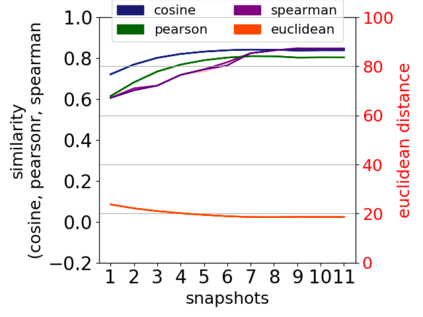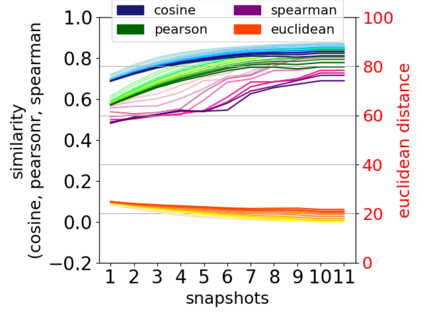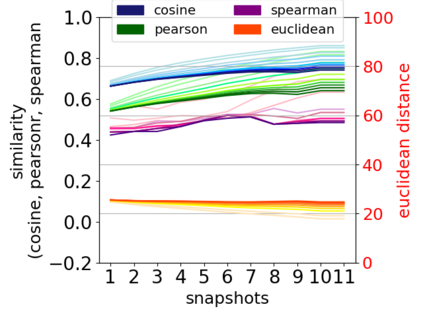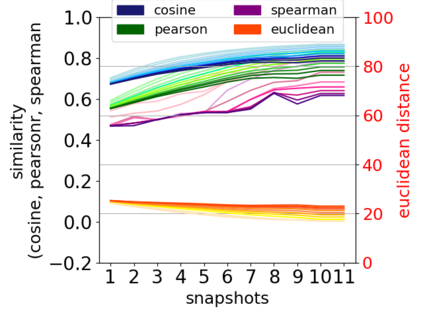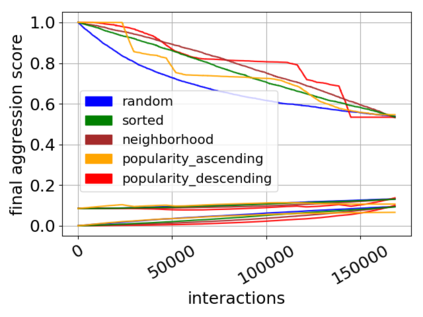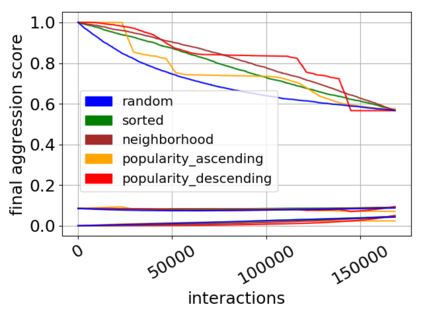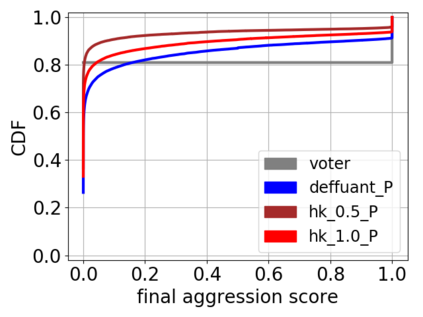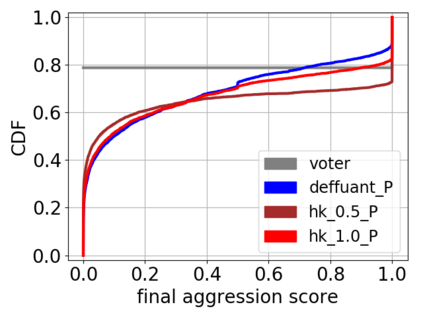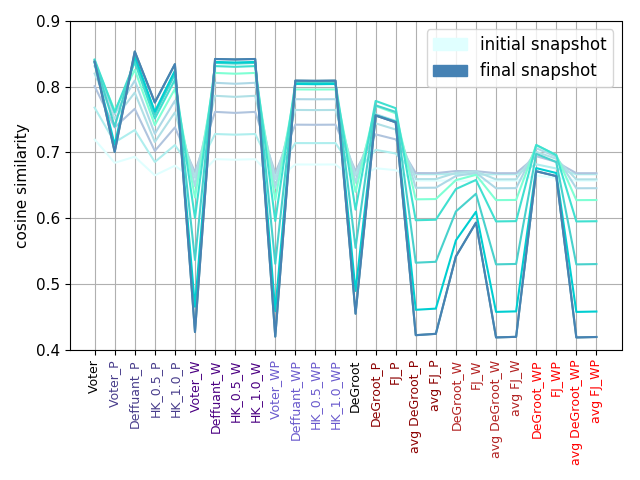Cyberaggression has been found in various contexts and online social platforms, and modeled on different data using state-of-the-art machine and deep learning algorithms to enable automatic detection and blocking of this behavior. Users can be influenced to act aggressively or even bully others because of elevated toxicity and aggression in their own (online) social circle. In effect, this behavior can propagate from one user and neighborhood to another, and therefore, spread in the network. Interestingly, to our knowledge, no work has modeled the network dynamics of aggressive behavior. In this paper, we take a first step towards this direction, by studying propagation of aggression on social media. We look into various opinion dynamics models widely used to model how opinions propagate through a network. We propose ways to enhance these classical models to accommodate how aggression may propagate from one user to another, depending on how each user is connected to other aggressive or regular users. Through extensive simulations on Twitter data, we study how aggressive behavior could propagate in the network, and validate our models with ground truth from crawled data and crowdsourced annotations. We discuss the results and implications of our work.
翻译:网络入侵在各种背景和在线社会平台中都发现了,并且以不同的数据为模型,使用最先进的机器和深层次的学习算法来模拟,以便能够自动检测和阻止这种行为。用户可能因为自身(在线)社会圈中的毒性和侵犯性而受到影响,从而受到攻击性甚至欺凌他人的影响。实际上,这种行为可以从一个用户和邻里传播到另一个用户,从而在网络中传播。有趣的是,根据我们的知识,没有一项工作可以模拟攻击行为的网络动态。在本文中,我们通过研究在社交媒体上传播攻击行为的方式,朝着这个方向迈出第一步。我们广泛使用各种观点动态模型来模拟观点通过网络传播的方式。我们建议如何加强这些典型模式,以适应每个用户与其他攻击性或经常用户之间的相互传播方式。我们通过广泛模拟Twitter数据,研究侵略行为如何在网络中传播,并从爬行的数据和人群源说明中以地面真相验证我们的模型。我们讨论了我们工作的结果和影响。


